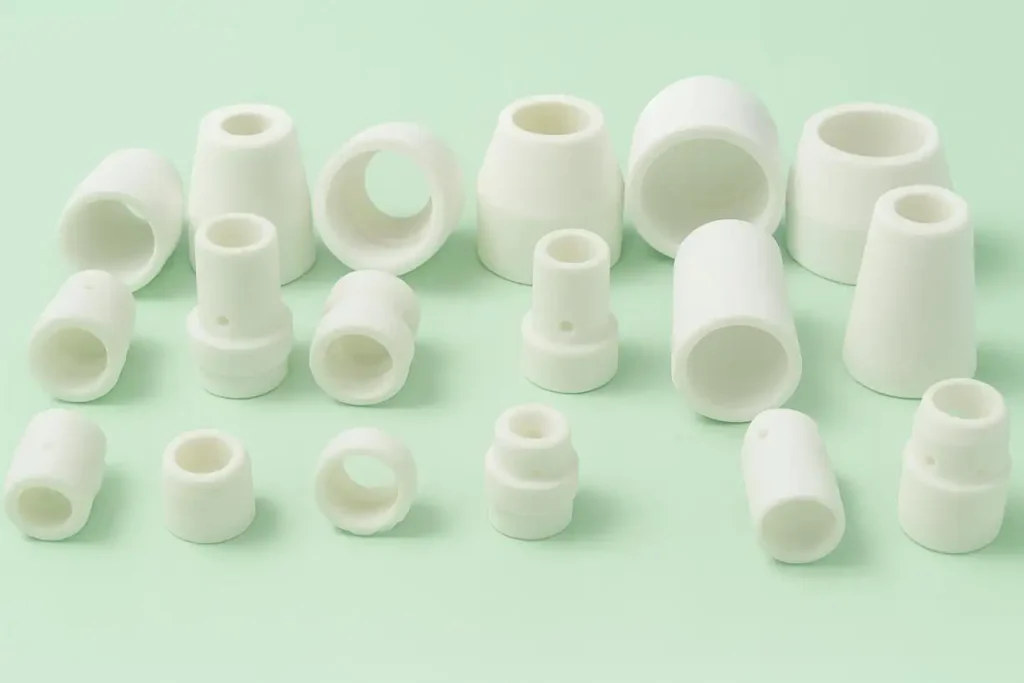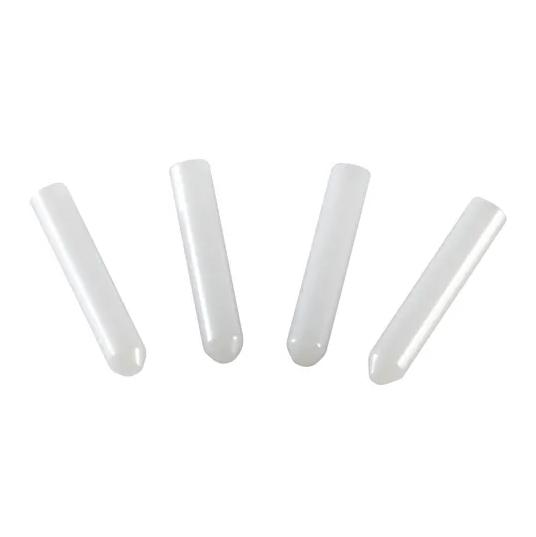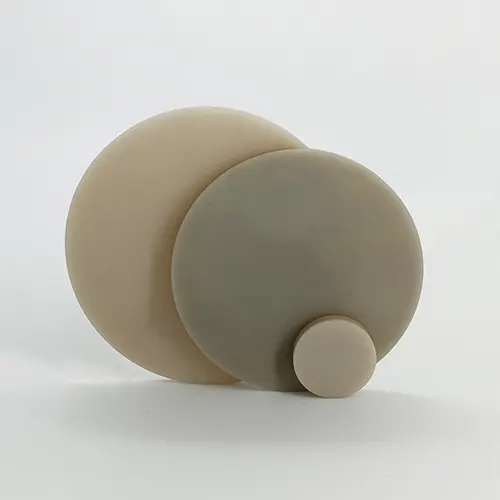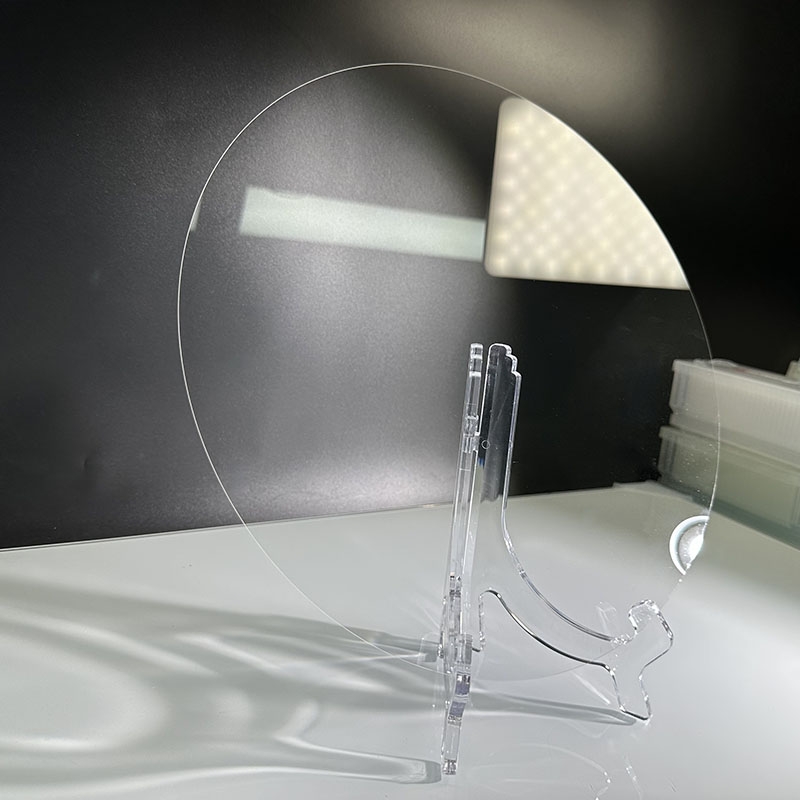Custom Ceramic Insulators vs. Standard Parts: Which Performs Better?
Custom Ceramic Insulators change the math when equipment runs hot, corrosive, or electrically intense. We see the gap on real lines, not just in specs. Uptime, yield, and safety hinge on small choices - material, geometry, tolerance. One path seems cheaper. The other protects your margin when stress hits. Which delivers when the chamber heats, the voltage surges, and the audit begins? Today, we pull back the cover - step by step. The result may surprise your team.

The Real-World Gap Between Catalog Parts And Custom Builds
Procurement teams see unit price; engineers live with downtime. In factories, test labs, and field deployments, failure rarely comes from a part that "worked too well." It shows up as micro-cracking after thermal cycling, insulation drift at high AC/DC loads, or subtle misfits that create hotspots. Standard parts serve average conditions. Your conditions may not be average.
Where Standard Parts Struggle
- Limited thermal headroom: Off-the-shelf insulators can derate early in high-temperature zones, forcing unnecessary shutdowns and requalification.
- Dielectric drift: Generic compositions wander under sustained voltage, increasing partial discharge, scrap, and retest time.
- Fit and tolerance issues: Loose tolerances introduce assembly creep and inconsistent clearances, which cause localized heating and premature wear.
- Compliance friction: Incomplete documentation around environmental standards slows audits and holds shipments at the dock.
By contrast, Custom Ceramic Insulators are designed around your actual load case - material, geometry, and tolerances tuned to the stress profile. That alignment raises the performance ceiling while lowering lifecycle cost.
Why UPCERA's Custom Ceramic Insulators Win Under Stress
At UPCERA, we begin with the application, not a catalog page. The conversation starts with temperatures, voltages, atmosphere, and mechanical loads - then we translate those requirements into a manufacturable design.
- High-Purity Alumina That Keeps Its Promise
Our alumina ceramic insulators are made from 99% high-purity alumina. That chemistry provides excellent electrical insulation, low dielectric loss, and high breakdown voltage, which is essential for safe, stable operation in both AC and DC systems. In harsh environments - power transmission, electronics, or industrial heaters - alumina resists chemical attack and thermal shock, preserving dimensional stability after repeated heat-cool cycles. For teams targeting reliability metrics, this stability is often the difference between "meets spec" and "stays in spec all year."
- Geometry That Works For Your System
Design freedom matters. Multi-hole geometries support precise routing of wires, filaments, or even process gases and coolants. Thoughtful pathing improves creepage distance, reduces interference, and maintains airflow without bulky brackets. In dense assemblies, the right geometry enables compact layouts without sacrificing safety margins - exactly where standard parts tend to compromise.
- Precision That Speeds Assembly
UPCERA machines complex insulating shapes to ±0.01 mm where required. Tight, repeatable tolerances reduce shimming, shorten assembly time, and stabilize thermal expansion behavior across builds. The practical effect is fewer line stoppages for "fitting" work and a cleaner quality record across lots.
- Compliance, Built In
Our components are RoHS and REACH compliant. That simplifies documentation, accelerates audits, and removes a common source of export delays. For global programs on tight launch schedules, compliance certainty is an operational advantage, not just a checkbox.
Where Custom Ceramic Insulators Shine:
- High dielectric strength ensures a robust safety margin at elevated voltages.
- Thermal stability delivers reliable performance during extreme heat or rapid cycling.
- Mechanical strength and hardness resist cracking, deformation, and wear.
- Corrosion resistance stands up to aggressive chemicals and humid conditions.
- Non-magnetic, inert behavior suits RF, semiconductor, and medical environments.

- Typical Use Cases
High-voltage equipment - transformers, capacitors, breakers - benefit from predictable insulation and reduced partial discharge. Semiconductor tools rely on clean, dimensionally precise parts during wafer processing. Vacuum and RF systems demand low dielectric loss for signal integrity. Industrial heaters need isolation that holds at temperature. Automotive and aerospace electronics thrive on materials that tolerate heat, vibration, and electrical noise. These are the situations where Custom Ceramic Insulators outperform generic alternatives day after day.
Cost, Selection, And Your Next Step With UPCERA
- Unit Price vs. Total Cost Of Ownership
Standard parts often win the first purchase order. Over a year, the balance shifts. Unplanned stops, rework, and accelerated replacement cycles eat whatever you saved upfront. Custom solutions reduce those hidden taxes by matching the part to the stress it must survive.
- Three Cost Buckets To Watch
- Operating Stability
Consistent dielectric performance reduces rework and scrap. Tight tolerances keep stacks aligned, lowering hotspots and mechanical fatigue. Throughput stabilizes and process engineers spend less time firefighting.
- Maintenance & Replacement
Longer service life means fewer changeovers and less technician time. In heater banks and RF chambers, fewer ramp cycles also reduce strain on surrounding assemblies, compounding the savings.
- Compliance & Documentation
With RoHS/REACH compliance and traceable processes, audits move quickly. That avoids shipment holds that can derail quarter-end targets and customer deliveries.
✅ A Practical Selection Checklist
- Voltage class and required breakdown margin (AC/DC, surge behavior)
- Peak and sustained temperature, plus the thermal cycling profile
- Media exposure: vacuum, humidity, corrosives, particulates
- Geometry: required creepage/clearance, multi-hole routing, mounting interface
- Tolerance stack-up across mating parts (target ±0.01 mm where critical)
- Regulatory needs: RoHS, REACH, and any sector-specific directives
What You Can Expect From UPCERA
Share your operating window - temperatures, voltages, environment, duty cycle - and we'll propose a material/geometry pair that balances performance with manufacturability. We provide dimensioned drawings, tolerance plans, and material data so your quality team can sign off without guesswork. For teams optimizing both technical and commercial outcomes, our aim is straightforward: fewer surprises after launch.
Call To Action - Partner With UPCERA
If your process runs hot, fast, or under high voltage, standard parts are a gamble. Talk to UPCERA about Custom Ceramic Insulators tailored to your exact load case. Our engineers will review your requirements and map a sample-to-production path with clear tolerances and compliance documentation. Contact UPCERA to discuss your application and accelerate a reliable, audit-ready solution.
Bottom Line
In demanding environments, Custom Ceramic Insulators consistently outperform standard parts on reliability, safety margin, and lifecycle cost. With UPCERA's application-driven design, high-purity alumina, multi-hole options, ±0.01 mm precision, and RoHS/REACH compliance, you get more than a component - you get predictable uptime and a cleaner cost curve for the life of the program.
 English
English 中文
中文





